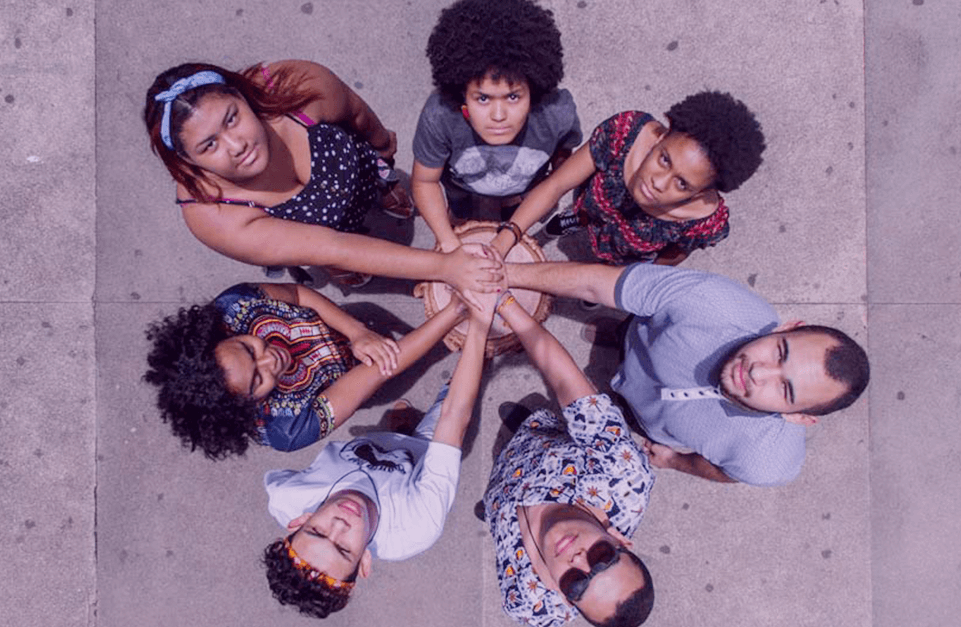04/28/2021, 9:00 AM (updated on 03/09/2023, 1:30 PM) | Estimated reading time: 9 min
IFIs investments prioritized sectors such as infrastructure, finance, regulation and governance over water and sanitation, health, and education. From U$13.5 billion allocated in several projects, only U$ 3,8 billion were to COVID-19 relief
Since the beginning of this pandemic, several International Financial Institutions (IFIs) have committed to contribute to the global fight against COVID-19. According to statements from the IFIs themselves, investments in the year 2020 were supposed to direct aid and other support to those most vulnerable and impacted by the pandemic.
However, the study “Investments of International Financial Institutions in Brazil in 2020: Was there support to combat the COVID-19 pandemic?” shows that the projects of these institutions, for the most part, did not include direct transfer of income to people that are facing hunger, the buying of medicines, or the support for hospitals and ICUs.
“Not even 20% of the projects financed by these institutions mention COVID. And it is not because they mention it that they are really directed towards the theme”, points out Alexandre Andrade Sampaio, Program and Projects Coordinator of the International Accountability Project for Latin American and the Caribbean and co-author of the study. This is the case of the project called RSE COVID Jalles, of the International Finance Corporation (IFC), which allocated US$ 20 million to a company in the sugar and ethanol agribusiness as a response to COVID-19, without detailing the relationship of this resource with the emergency fight against the virus.
Furthermore, the research reveals that the investment projects did not meet the minimum necessary to ensure that their implementation does not worsen the social and environmental situation in the country. “We are showing that many of the investments that have come to Brazil have no safeguards, no policy to reduce impacts,” explains Livi Gerbase, political advisor of the Institute for Socioeconomic Studies (Inesc) and co-author of the study.
The research, which was conducted by Inesc in partnership with the Maíra Institute and the International Accountability Project, uses an innovative methodology. It uses the Early Warning System, which monitors and systematizes projects of development finance institutions, with the objective of previously informing communities that may be impacted by these projects. The three organizations analyzed an amount of U$13.5 billion allocated to 123 IFI projects between March and November 2020.
The IFIs’ investments in 2020 – of the 123 projects analyzed, only 24 (19.5%) focused on combating COVID-19. Of these, only two projects (US$2 billion), were of direct transfer to people most affected by the pandemic.
The three sectors most favored by the IFIs were regulation and governance, finance, and infrastructure, to the detriment of priority areas in the fight against the pandemic, such as water and sanitation, education, and health. This means that these institutions were concerned, as in previous years, with preparing the ground for the private sector to have the necessary return on their investments.
“Especially at this time of pandemic, public banks must have as a priority the fight against the pandemic and allocate their resources to areas of emergency need: health, education, aid for people most in need. They said they were going to do this, but when we look at the main investments that came to Brazil in 2020, we see that this strategy of investing in infrastructure, reforms and modernization of the state to attract the private sector was maintained,” comments Livi Gerbase.
The green reconstruction
The discourse of green recovery has been guided by the banks themselves in their proposals to fight the pandemic, through the discourse of “Building Back Better”, which means to rebuild in a better way than before. In this context, the energy and climate agendas should be central to the choice of investments, in order to help the population in the current health crisis.
Contradictorily, despite the greater number of projects classified as clean by the IFIs, when compared only to those that produce energy, non-renewable energies had more space than renewable ones, points out the research published by Inesc. Only 3 of the 12 projects are related to renewable energy production. Besides, “in these projects it is not possible to see which clean energies are actually being invested in”, laments Livi Gerbase.
The self-definition “clean energy” is also problematic, warns the study’s authors. Of the 12 projects undertaken in 2020 and related to the energy sector, 10 are classified by their respective banks as clean energy. However, of these clean projects, 7 are related to electricity distribution, reduction of electricity consumption, and greenhouse gas emissions. Projects of this type are not directly related to energy production or to confronting the pandemic, although they may have positive environmental impacts.
Lack of information about the socio-environmental impacts of the projects
Although it is not possible to evaluate the execution of the 123 projects analyzed in the study, since most of them were still in the final negotiation phase at the time of the analysis, it is notable that less than half (49.6%) contain the socio-environmental impact risk classification. The classification of the project according to its possible impacts can be understood as an indication of the banks’ commitment to comply with the safeguards, that is, with mitigation and control measures for the projects’ socio-environmental impacts.
Some institutions, such as Corporación Andina de Fomento and the European Investment Bank, have no projects with impact risk assessment. “It is laughable the percentage that we have today of access to information about something that basic. I’m not talking about project details, I’m talking about risk categorization to know if the project can have an impact in terms of human and environmental rights,” denounces Alexandre Andrade Sampaio.
The study also analyzes two cases in which populations affected by international investments – in projects carried out prior to 2020 – did not have the safeguards respected: the Quilombola Community of Araripe, affected by the construction of a wind farm in northeastern Brazil, and the Association of Favelas of São José dos Campos.
“Without the presentation of risk analyses, it becomes unfeasible to present safeguards and, consequently, we would have no way to protect community rights and the communities would be more vulnerable. These errors, already denounced by communities in the past, and already taken to the banks’ boards of directors, are still happening today. In other words, very little has been done with the complaints made by the communities and their voices continue to be silenced”, explains Daniel Lopes Faggiano, Director of the Maíra e Institute and co-author of the research.
What can still be done?
The study published by Inesc recommends that the IFIs review their strategy for Brazil and, in fact, prioritize the needs of the Brazilian population, especially the sectors most affected by the economic, health, social, and environmental crises – which tend to worsen in 2021.
“The pandemic is not over; the banks will continue to make investments and there is still time to do better. We want the banks to have a more transparent policy that shows that in fact they are helping what we need most, fighting hunger and death in Brazil and guaranteeing human rights. We want to be sure that they are not bringing more problems to the people. That is why we emphasize the need to listen to the communities affected by the projects”, Livi Gerbase affirms.


